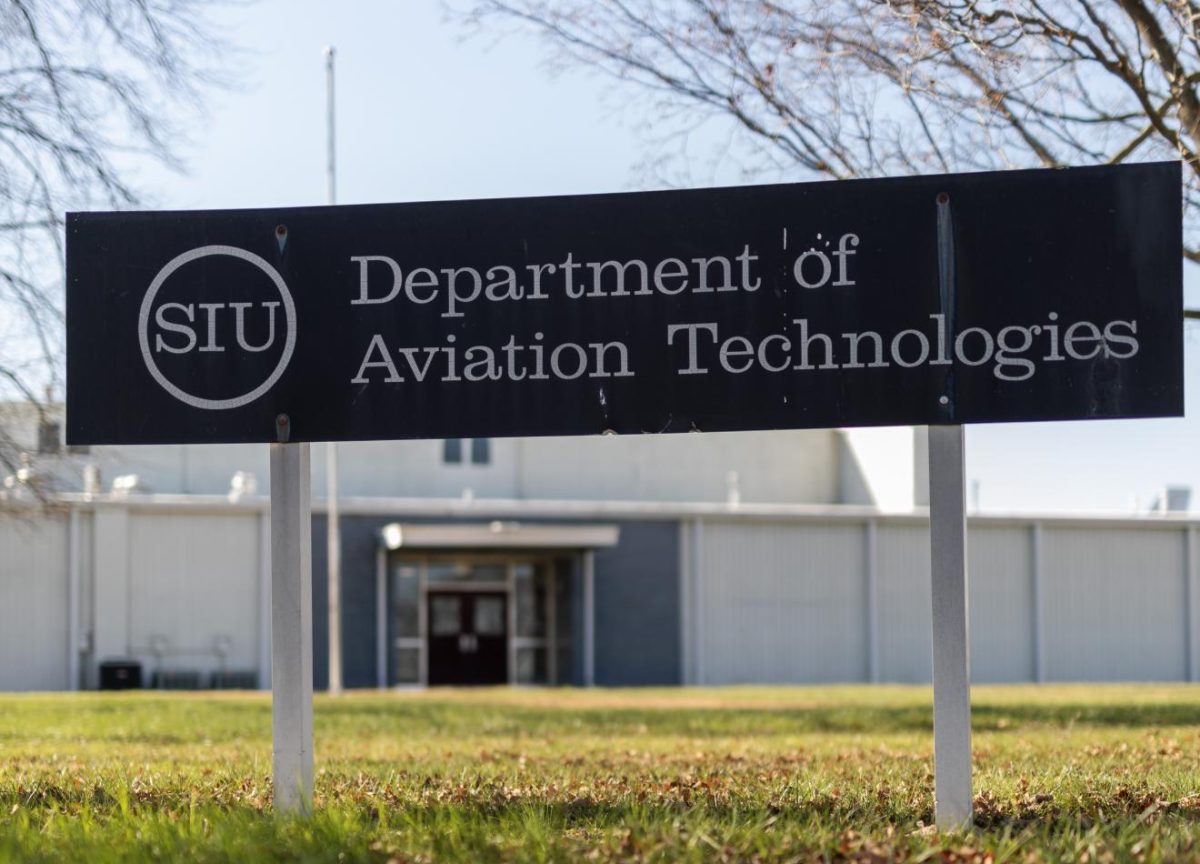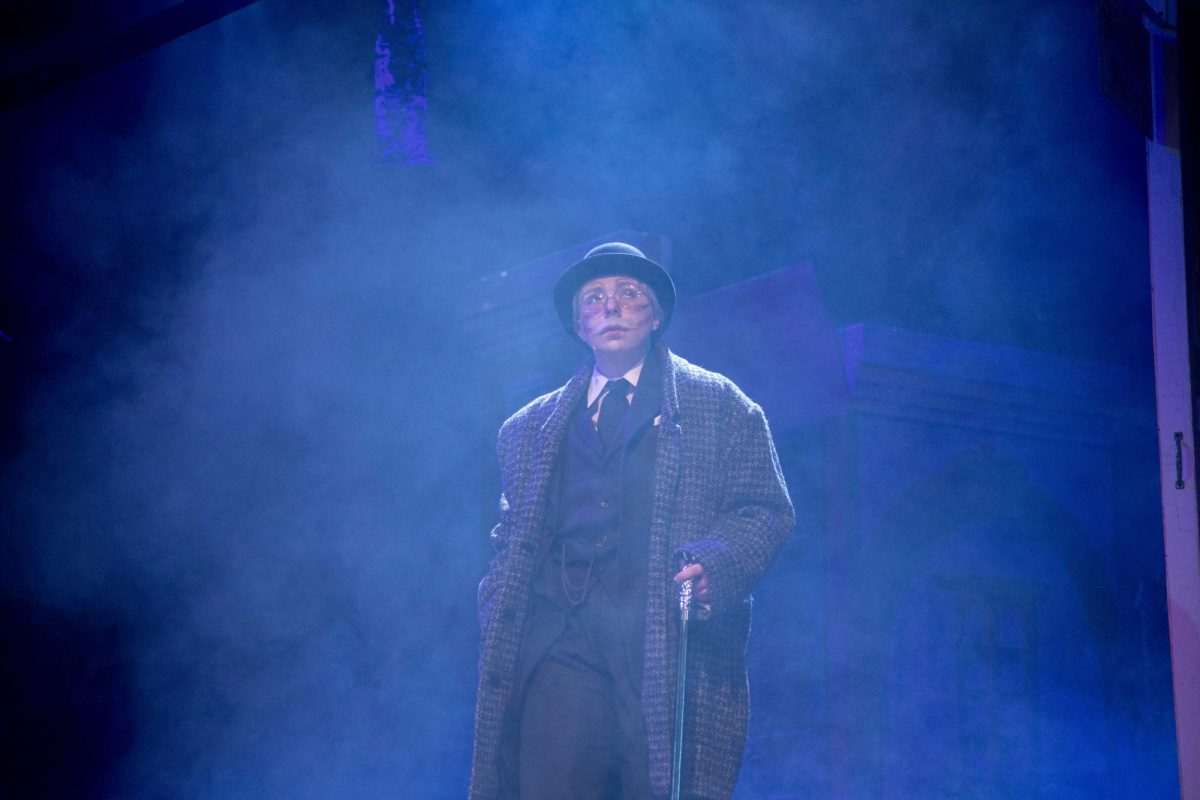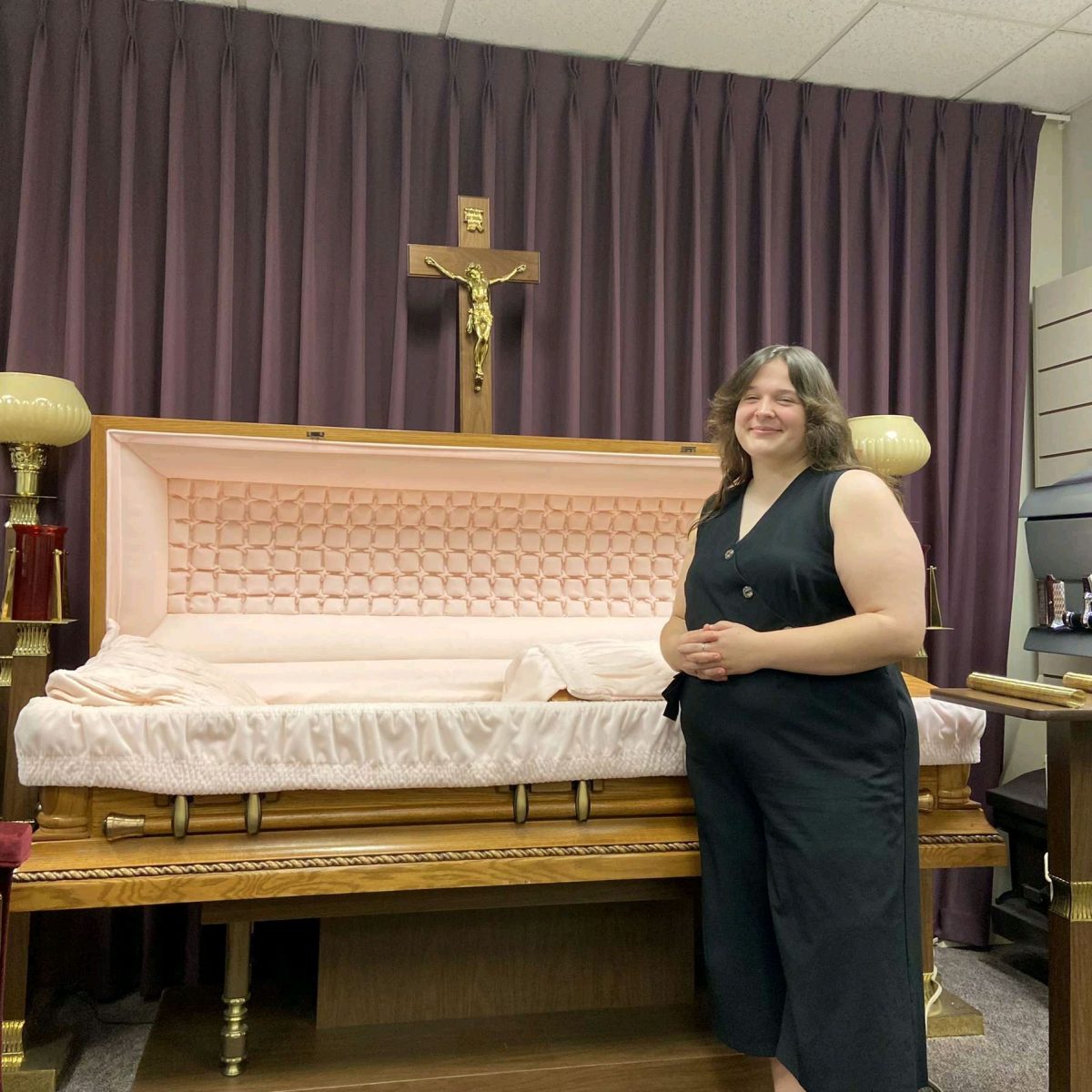Students in SIU’s aviation program help make Southern Illinois Airport in Murphysboro the third busiest in the state, but a recent shortage of air traffic controllers led to potentially dangerous conditions recently.
Two sources close to the situation said a newly hired controller who didn’t get enough training created the hazardous conditions. The Daily Egyptian is granting these sources anonymity, but their stories corroborate each other’s.
One source said, “So what happened was, there was a new tower controller who has recently…been signed off for solo operations that he could conduct without being supervised…he just lost the whole picture. He was clearing the wrong airplanes, getting people mixed-up, sending people towards each other.”
Advertisement
The source went on to say, “It all kind of fell apart…he never seemed to acknowledge that he had lost the picture so, SIU made the decision to [say]… ‘you’re not going to be able to keep track of everybody so we’re just not gonna be in the pattern.’”
The anonymous source continues, “…flight operations continued. What ceased was [students] stopped conducting pattern work, meaning touch and go’s, traffic patterns – the takeoffs and landing at the airport. Meaning, people could come back and be full-stop, but they weren’t allowed to keep going and doing multiple laps. They could depart, they could come back in, but no staying in the pattern.”
When asked by the Daily Egyptian if they knew what happened, the anonymous source said: “Yes. He was given four days to get used to the area and then to sign off to solo. The company who runs the towers in this area, is a contract tower, it’s not an FAA tower. Yeah, they set him up to fail.”
An airport pattern is similar to a racetrack in the sky, with four straightaways and four turns. The runway sits on one of these straightaways. A touch and go is when a plane comes in and lands on the runway for practice. The plane then takes off again, circles the pattern then flies around the pattern to land again.
The Federal Aviation Administration (FAA) is the government agency that develops and regulates a system of air traffic control. The FAA accomplishes this by hiring air traffic controllers who manage the flow of aircraft in and out of the airspace of an airport. From the airport tower, the controllers can see the airplanes and give directions or clearances to fly into a specific area of the airport or to send them out of the airspace.
In April of this year, the FAA appointed a panel of outside experts to study problems in airline safety after the U.S. experienced a series of close calls at airports across the country. The group of experts, named the National Airspace System Review Team, issued a 52-page report this month, calling for action by the FAA to make improvements in aging technology and to take action regarding a current national shortage of air traffic controllers, among other recommendations.
“For the record, there is an air traffic controller shortage across the nation… same at [Southern Illinois Airport], there’s supposed to be seven controllers but right now, there’s only three,” the second source told Daily Egyptian. “The company [Midwest Air Traffic Control Services, Inc.] has brought a rapid response controller in to help with that and then they bring some controllers over from Marion to help when they can.”
Advertisement*
The first anonymous source said, “I think part of the issue is, it’s [a] ‘contract tower’, so Midwest can’t get anyone to come to our tower. There’s a lot of operations, we’re the third busiest in the state. And they can make the same amount of money at a different tower where they’re not having to deal with all the stress. Why would they want to come here?”
The second source said, “So, [Southern Illinois Airport] is kind of unique because… the FAA owns the building, but they contract the controllers out through another agency. And so it’s Midwest Air Traffic Control, they’re out of Kansas City… It’s a private company, so the FAA pays them to run these smaller airports, smaller towers, and staff it, and pay the controllers.”
SIU Aviation Safety Officer Michael Robertson told the Daily Egyptian in an interview from his home: “So when you get a new controller that’s not used to the traffic load, there’s an adjustment period that takes place for that controller. Just like a brand new student learning to fly, you know, might struggle with the radios and their orientation. A controller that’s not up to the speed of 130,000 operations a year is going to… have those training hiccups as they start from that perspective… when we run into traffic, we call them traffic pattern conflicts. Those types of things happen all the time. That doesn’t necessarily mean that an accident almost occurred. It just means that maybe there was some confusion.”
Robertson continues: “On that given day, it was one of those busy days that we’re pretty accustomed to that the controller might not be accustomed to as busy as it was and was making some situational errors, some mistakes… they go through a training kind of check out as well. So when they come here, they get certified and kind of rated for the tower before they’re released to kind of go on their own.”
Robertson said he understands that the controller “had a loss of situational awareness as to where people were.”
“The way I understood it was that some pilots took themselves out of the pattern until the controller could get a handle or a grasp on where people were, and then you know if you leave and when you come back, if it’s calmer, it’s better,” Robertson said. “The controllers do that for us all the time, so when it gets busy, if somebody’s confused, they’ll just say I need you to depart, say, to the northwest and call me when you’re five miles out or something like that. You know what I mean? So it’s just a kind of a standard way that if things are starting to get messy, whether it’s from a student perspective or the controller perspective, that people will just take themselves out of the situation, so it doesn’t make it worse.”
Robertson also said he did receive a report from a pilot regarding the incident but that it did not fall under the criteria of needing to be reported to the FAA.
SIU Aviation assistant instructor Elliott Benton said the right steps were taken to ensure students weren’t in harm’s way.
“If anyone feels that safety is ever in question, to take a step back for safety sake, to re-evaluate, is a good thing,” Benton said.
The Daily Egyptian reached out to the controllers in the tower for comment. This resulted in a phone call from a representative who would not give permission to use her name. She stated she was from Midwest Air Traffic Control Services and said, “Well, they’re not going to speak to you.”
Sandy Edson-Bowers is a Graduate Student in Professional Media Studies and Media Management. Email: [email protected]
Advertisement



















![Scott Hamilton, a part of the SIU research team, shows Zachary Gutenkauf and Jennifer Pierce supplies they will be using during their NASA research in the Life Science III building at SIU Nov. 8, 2021 in Carbondale, Illinois. “There are three phases to the overall competition Phase One is basically to show that your idea has merit. Phase Two is to show that all pieces of the idea work and construct each one [idea] and Phase Three is to integrate them into one continuous device,” professor in geology, Ken B. Anderson said.](https://dailyegyptian.com/wp-content/uploads/2021/11/NASAresearch3-900x710.jpg)



John Daly • Apr 12, 2024 at 11:44 am
The Southern Illinois Airport in Murphysboro is the third biggest for ONE reason; Touch and Gos by students. Further, when it is known that traffic will be monitored, Touch and Go activity is actively increased by those in authority. I would wager that 95% of the activity is planes with an instructor in the right seat. It is basically a training airport, nothing more.
Breathless statements about it’s status as the third busiest (behind O’Hare and Midway) are vacuous.